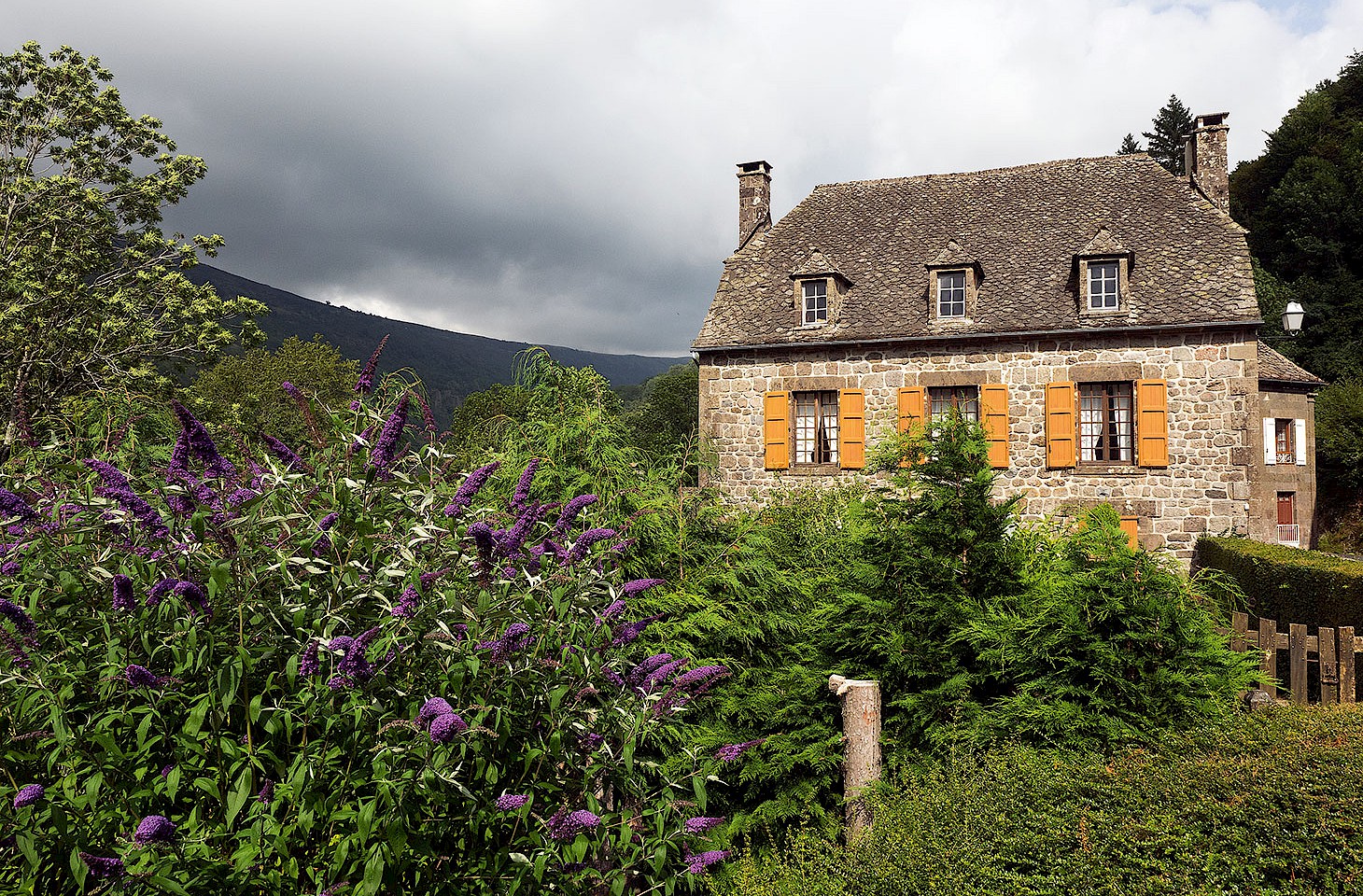Since penning the editorial for the last issue of hidden europe, our travels have taken in eight countries and a dozen ferries — of which four were long overnight sailings. There is little remarkable in those statistics. More notable, perhaps, was that we spent 37 consecutive nights on a small island community in the Outer Hebrides. Barra has become a very special place to us, and four visits in as many years have sealed an affection for this remote island outpost.
For early explorers of Scotland, inaccessible Barra was seen as desolate and different. Johnson and Boswell travelled together through the Hebrides in 1773, each man writing his own account of the journey. They never made it to what Johnson called ‘the Popish islands’ — referring to the Catholic isles towards the southern end of the Outer Hebrides. It is in fact their dominant religion which lends a peculiar character to these islands. Compton Mackenzie, himself a long-time Barra resident and convert to Catholicism, remarked on “the perfect proportions and variety of the natural scene” and the “humour, amiability and engaging carelessness” of the island’s inhabitants.
For us, the real appeal of that winter retreat was the self-imposed limitation of choice. There is of course a scale of deprivation. Ours was not the rigorous asceticism of the French hermit priest who lives on Barra, shunning contact with visitors and praying the Holy Mass in Latin. Rather we swapped life in Berlin — a city of infinite possibilities — for the more limited choices of a small island with ferocious winter storms and fragile transport links with the outside world. There are no real distractions on Barra in winter, and on bad-weather days one is essentially confined to home. Good books, a peat stove and a bottle of whisky come in handy. What food might be available is largely dependent on whether the island’s fishing boats have been able to get out or whether a ferry bringing groceries has arrived from the mainland.
So much for Barra. We are writing this editorial in Luxembourg, a diminutive Grand Duchy where there is seemingly limitless choice. Three other countries are within a half-hour drive of the capital and thanks to the splendid Schengen Agreement there is absolute freedom of mobility across those borders. Luxembourg gets a mention in the pages that follow, of course, but we also invite you to join us as we visit Malta, Austria, Ukraine and Lithuania. Not to mention our home city of Berlin and one of Barra’s neighbouring islands: South Uist. We offer our sincere thanks to our two guest contributors for this issue, Rudolf Abraham and Duncan JD Smith.
Nicky Gardner & Susanne Kries
Editors
Luxembourg
February 2020



